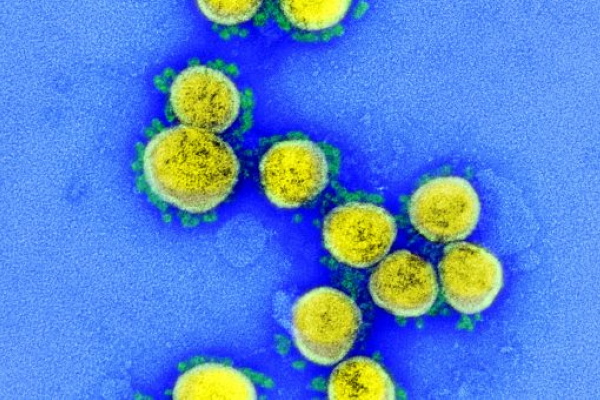
Across the country, the spread of COVID-19 virus has caused massive disruption to the daily lives of Americans and the basic functions of our economy. As part of the effort to contain the spread of the virus, people are being ordered to stay home, non-essential businesses are shuttered, and trillions in federal resources are being deployed to prop up critical services; for millions of elderly residents and those living with pre-existing conditions, even a trip to the grocery store or the pharmacy presents inordinate risk.
In light of ongoing social distancing, the percentage of commerce taking place online has increased dramatically, as Americans turn to the internet to purchase goods like groceries, medications, toys, and baby products. The massive shift to online purchasing caused by COVID-19 brings with it increased risks related to the sale of fake, poor quality, or even non-existent goods and services.
To prevent the intrusion of counterfeit products into the marketplace - and to ensure consumer confidence - brand owners can leverage advanced anti-counterfeiting authentication features to provide supply chain participants, e-commerce sites, law enforcement officials and consumers with an effective way to differentiate the real products from the fakes.
According to data from Adobe Analytics which monitors the e-commerce transactions of 80 of the top 100 US retailers, online purchases of cold, cough & flu products have increased nearly 200 per cent since the beginning of the outbreak and purchases of non-perishable food by nearly 70 per cent over the same time period. Hand-in-hand with the dramatic increases in the amount of commerce conducted online, consumers are increasingly wary about the authenticity of goods they purchase online; research conducted since the start of the outbreak finds that “68 per cent of US consumers are worried that there might be more counterfeit or poor-quality products sold online as a result of the pandemic.”
Public concern about the authenticity of products purchased online is not unfounded; the Department of Homeland Security recently reported that the value of counterfeit goods traded internationally has increased by 154 per cent between 2005 and 2016, from $200bn to $509bn, fuelled by the growth in e-commerce, specifically.
Individuals, families, and communities are already grappling with the existential threat to public health posed by COVID-19 – an explosion in the unknowing purchase of counterfeit goods, as more commerce moves online, serves only to compound the public health risks. What’s more - the challenge presented by the increased volume of online purchases is further complicated by extensive disruption to global supply chains caused by the ongoing pandemic. But existing models for ensuring the security of “high-risk” products – like medications, electronics, and infant formula – present useful frameworks for officials and retailers working to protect public health and ensure consumer confidence in the context of COVID-19.
Today, cutting edge physical security products – including counterfeit-resistant, tamper-evident seals and labels, as well as other overt security features – provide both a valuable brand protection opportunity, and facilitate the identification of legitimate products versus counterfeits. In today’s marketplace – and especially for products like medications, food, and medical supplies, which are in increasing demand online because of COVID-19 – security cannot be an afterthought.
As more commerce moves online and production shifts to meet demand, brand owners, manufacturers, retailers, and public officials should put physical product security at the centre of their planning and production efforts. Secure product marking – at the unit level – combined with public education about the presence of overt security features both enables greater transparency throughout the product supply chain and builds confidence for customers and end-users that the product they are holding in their hands is safe and authentic.
The COVID-19 pandemic has already reshaped our communities and our country in dramatic ways, including profound impacts on the way commerce is conducted. In a moment when public health and safety is paramount, public officials and businesses must recognize the additional threat posed by counterfeit goods that can be easily purchased and distributed via online marketplaces. Leveraging existing security frameworks - and cutting edge, overt security features – to protect public health and ensure consumer confidence must be a central element of how we adapt to a rapidly changing global marketplace in the face of COVID-19.

Karen Gardner is the Chief Marketing Officer at SICPA North America, a division of SICPA, a trusted global provider of security inks as well as secured identification, traceability and authentication solutions.
Image courtesy of Rocky Mountain Laboratories/NIH
©
SecuringIndustry.com





